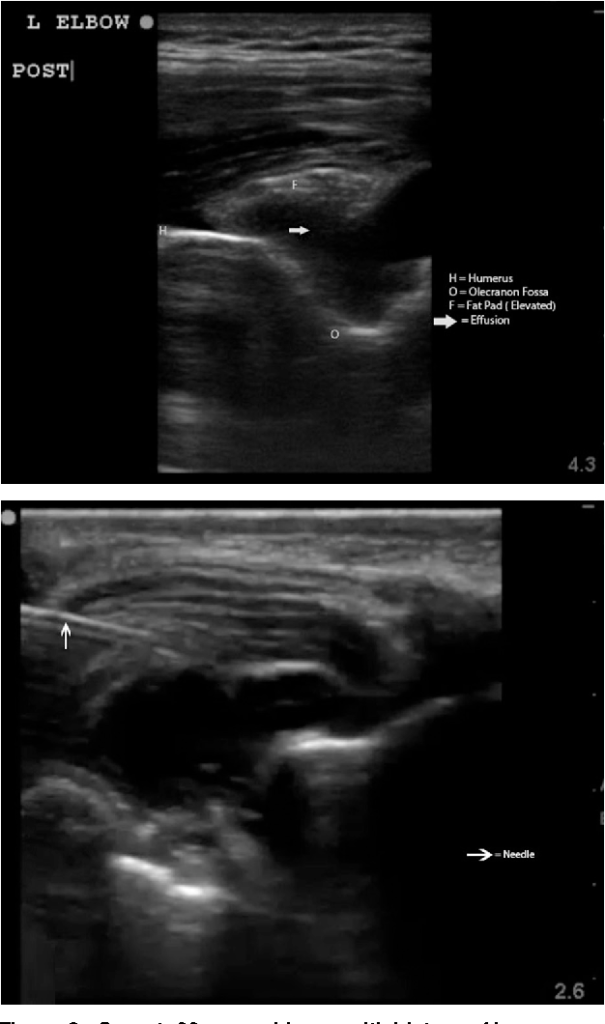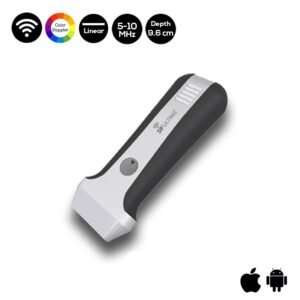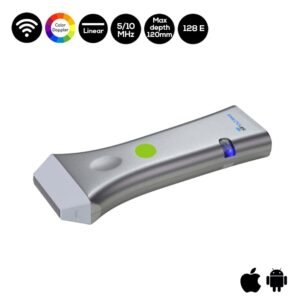Ultrasound-guided Arthrocentesis
Arthrocentesis Ultrasound is a useful adjunct in the evaluation of the patient with a swollen, painful knee. Ultrasound can identify a suspected knee effusion as well as assist with Closed joint aspiration .
Ultrasound-guided arthrocentesis and injection of the knee are superior to arthrocentesis and injection guided by anatomic landmarks and palpation, resulting in significantly less procedural pain, improved Closed joint aspiration success, greater synovial fluid yield, more complete joint decompression, and improved clinical outcomes.
Which ultrasound scanner is best for arthrocentesis?
A linear transducer (7.5 – 10 MHz) SIFULTRAS-5.31 for both the identification of the effusion and needle guidance for the arthrocentesis
Point-of-care ultrasound can accurately determine the presence of a joint effusion as well as guide synovial fluid aspiration
A simplified in-plane technique can easily be incorporated into the evaluation of the patient with a suspected septic knee. Ultrasound is effective in the identification of knee effusion as well as allow for real-time visualized technique for joint aspiration.
The suprapatellar bursa, the largest communicating bursa of the knee joint, allows for a location that is easily visualized with ultrasound and can be rapidly and safely accessed for joint arthrocentesis.
In the emergency department setting, ultrasound-guided knee arthrocentesis helps minimize attempts as well as improve procedural confidence in the hands of novice providers. Additionally, the suprapatellar approach under ultrasound guidance avoids any tendons or bony or ligamentous structures and facilitates simple and accurate Closed joint aspiration for the provider.
that ultrasound-guided arthrocentesis and injection of the knee are superior to arthrocentesis and injection guided by anatomic landmarks and palpation, resulting in significantly less procedural pain, improved Closed joint aspiration success, greater synovial fluid yield, more complete joint decompression, and improved clinical outcomes.
Orthopedic surgeons, sports medicine doctors, and rheumatologists commonly perform arthrocentesis
References : What are the benefits of ultrasound-guided arthrocentesis?, How to Perform Ultrasound-Guided Knee Arthrocentesis.

[launchpad_feedback]
Although the information we provide is used but doctors, radiologists, medical staff to perform their procedures, clinical applications, the Information contained in this article is for consideration only. We can’t be responsible for misuse of the device nor for the device suitability with each clinical application or procedure mentioned in this article.
Doctors, radiologists or medical staff must have the proper training and skills to perform the procedure with each ultrasound scanner device.



